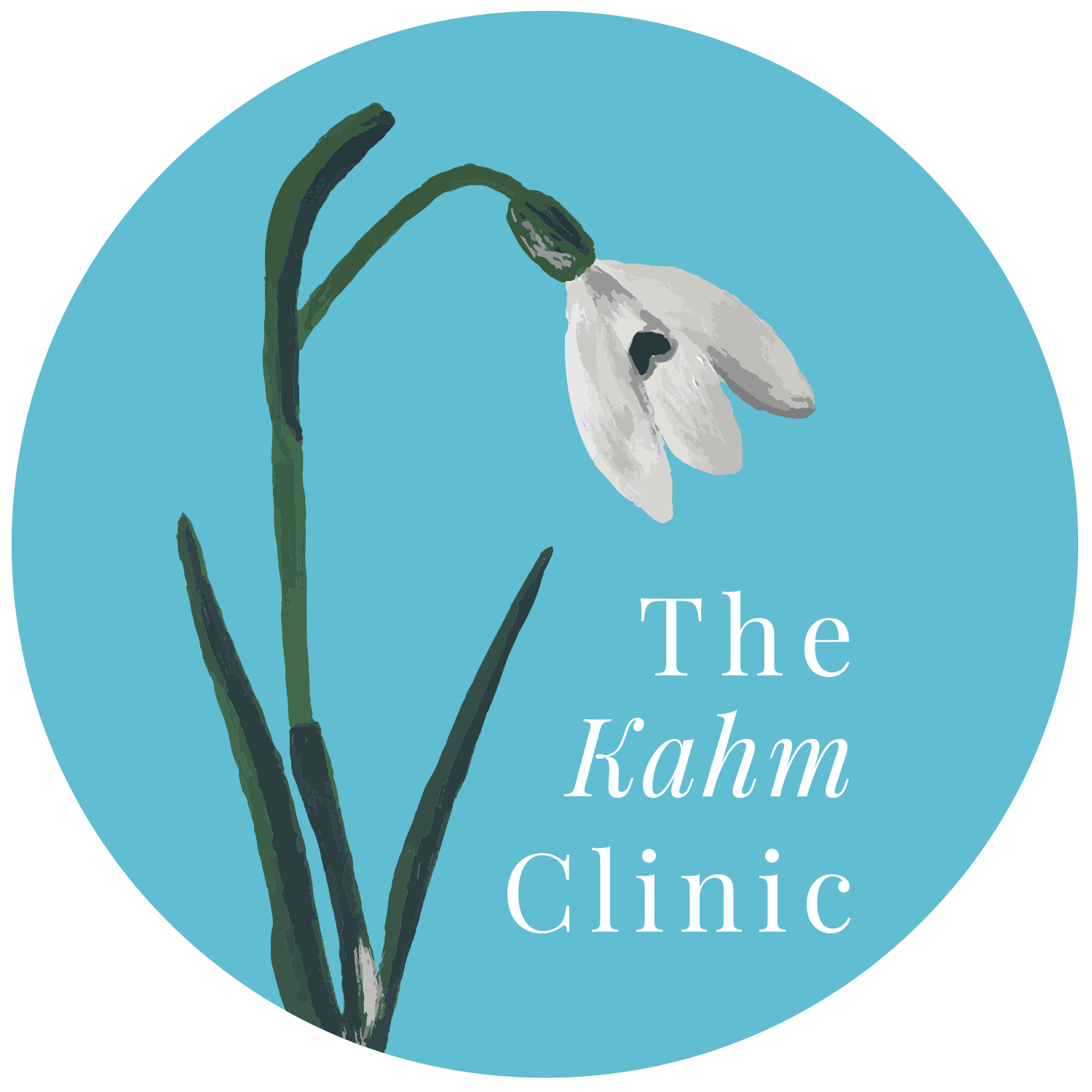How Your Metabolism Changes During Eating Disorder Recovery
One of the top questions we hear from individuals recovering from restrictive eating disorders is, “Why do I have to eat so much food?”
For today’s blog post, let’s dig into how your metabolism changes during eating disorder recovery.
Specifically, patients sometimes experience a hyper-metabolism during recovery, meaning that their metabolism speeds up. Before we go on, it’s important to note that, when you have anorexia or another restrictive eating disorder, your metabolism often slows down due to lack of fuel. It adapts to your calorie intake in an effort to preserve energy. In other words, your body doesn’t want to burn more calories than it’s being fed! It’s a protective measure to keep you alive during a period of starvation.
However, as you start to take in more food on your recovery journey, a phenomenon happens. While you work to change your old, restrictive habits, your metabolism can make a big jump. That translates to patients needing to eat more calories than they anticipate in an effort to keep up with their metabolism.
Now, let’s take a look at a case study that brings this metabolism change to life.
This female patient is 5 feet, 5 inches and in her 20s. At her initial visit to The Kahm Clinic, she weighed 112.2 pounds. When we first met her, she was trying to keep her intake below 1,000 calories per day. She was doing a 90-minute cardiovascular workout five days per week. On her off days, to compensate for no exercise, she would only eat about 500 calories.
Oftentimes, eating disorder patients have a lean mass and muscle mass below the normal range, and that was true for this individual. At her first appointment, her lean mass was 80.5 pounds, and her muscle mass was 33.9 pounds — significantly lower than 40.1 pounds, which is the start of a normal range for her body.
Our focus, then, was to increase her muscle mass. When this number is low, it impacts your bone density, making it more likely for you to get injured or sick. You are also more likely to face issues like hormone imbalance or osteoporosis later in life.
So how can we increase muscle mass during eating disorder recovery?
People assume you simply need to exercise more to increase your lean mass, but that’s not true! You can exercise to gain muscle mass, but it only works if you’re eating enough to fuel your output. If you exercise more and don’t increase your intake, it won’t have the desired effect.
To start, we aimed for her to eat 1,500 to 1,600 calories per day. Within a few weeks, she had adjusted to this number, but unfortunately, we didn’t see any increase in her muscle mass. We upped her intake to 2,000 calories per day, but her muscle mass still hadn’t increased two months later.
Her next goal was 2,500 calories per day, which was very challenging for her! Two months later, she came in for a follow-up visit. She weighed 115.5 pounds and had a lean mass of 82.2 pounds and a muscle mass of 34.6 pounds — a small increase but not enough.
Over a two-month period, we slowly increased her intake to 4,000 calories per day. This number was enough to sustain her hyper-metabolism and intense exercise routine and also increase her lean mass and muscle mass. We saw her again four months after she began consuming 4,000 calories per day. She weighed 121.3 pounds with a lean mass of 86.9 pounds and a muscle mass of 43.4 pounds — finally within the normal range!
Once her body fully healed, we worked on bringing her intake back down to a more manageable daily intake.
To talk to a professional about eating disorder treatment, please reach out to our staff or schedule an appointment at The Kahm Clinic today.

